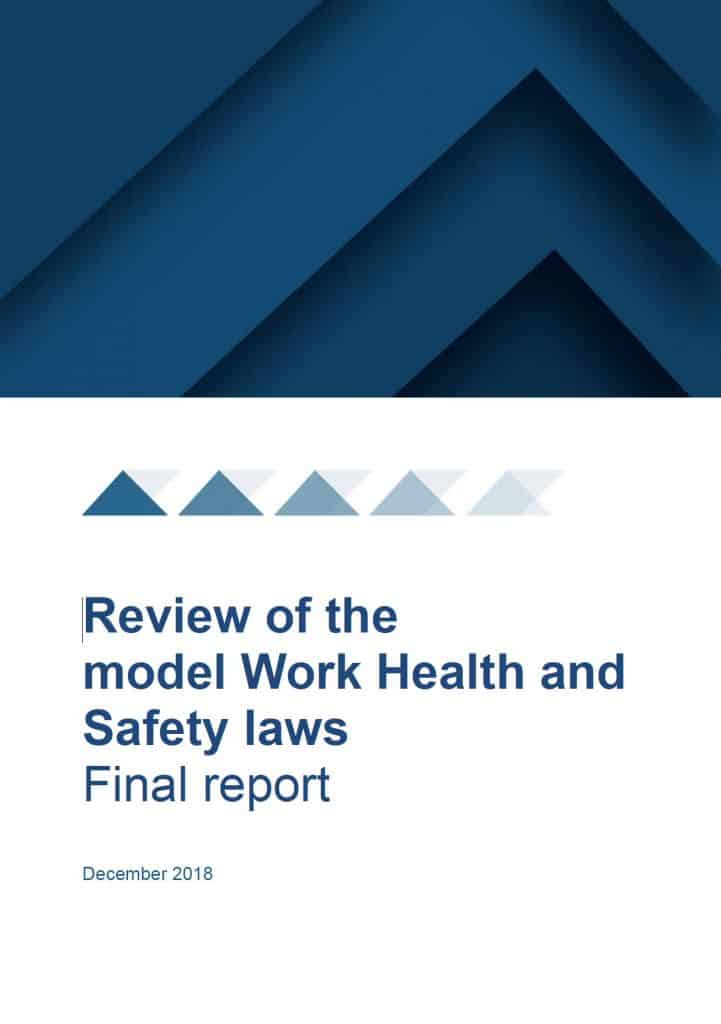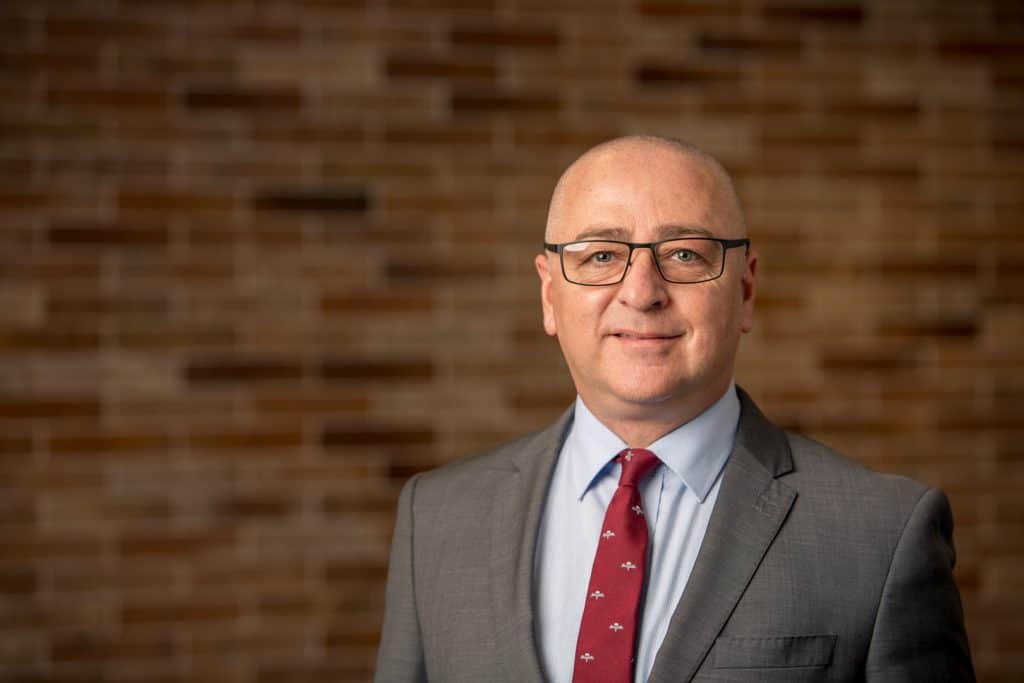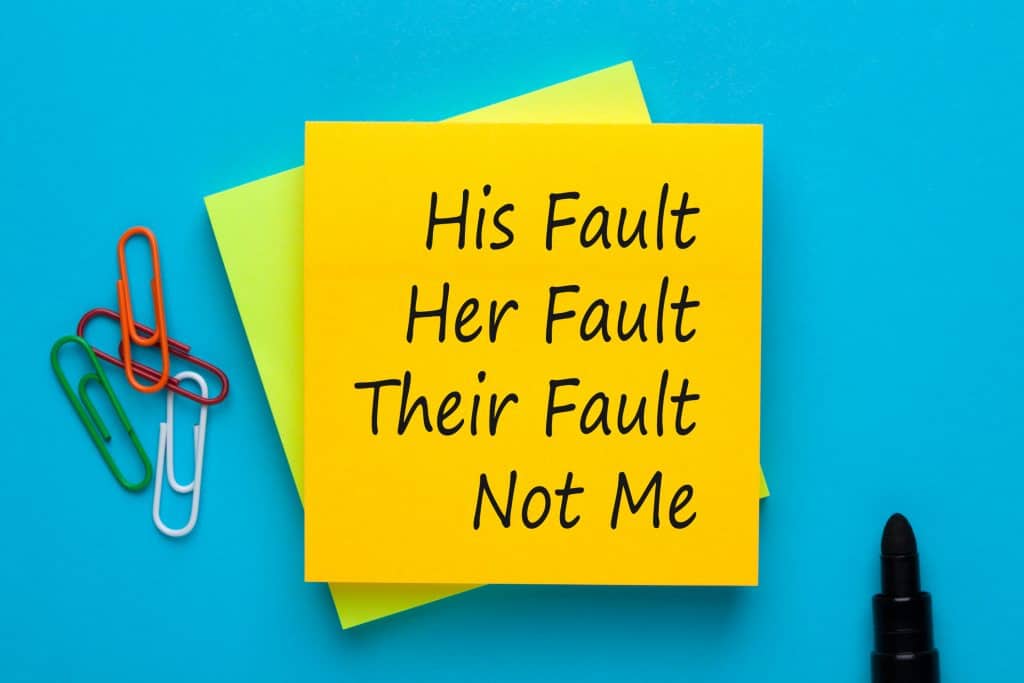A couple of months ago, readers were advised of proposed price increases for subscriptions. From 1 March 2019, monthly subscriptions increased by $4.00 per month, to $24.00. Australian subscribers will pay $26.40 which includes GST.
The increase will apply at your next monthly payment.
Thanks for supporting an independent voice on workplace health and safety.





